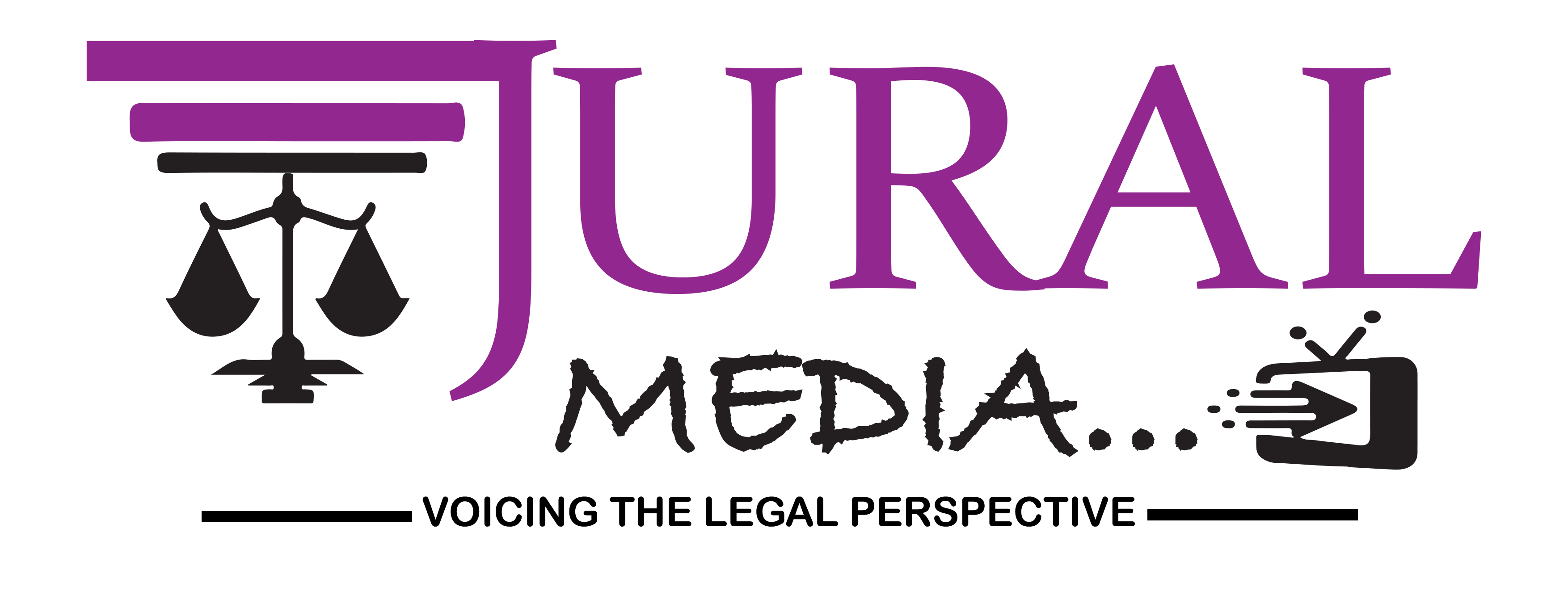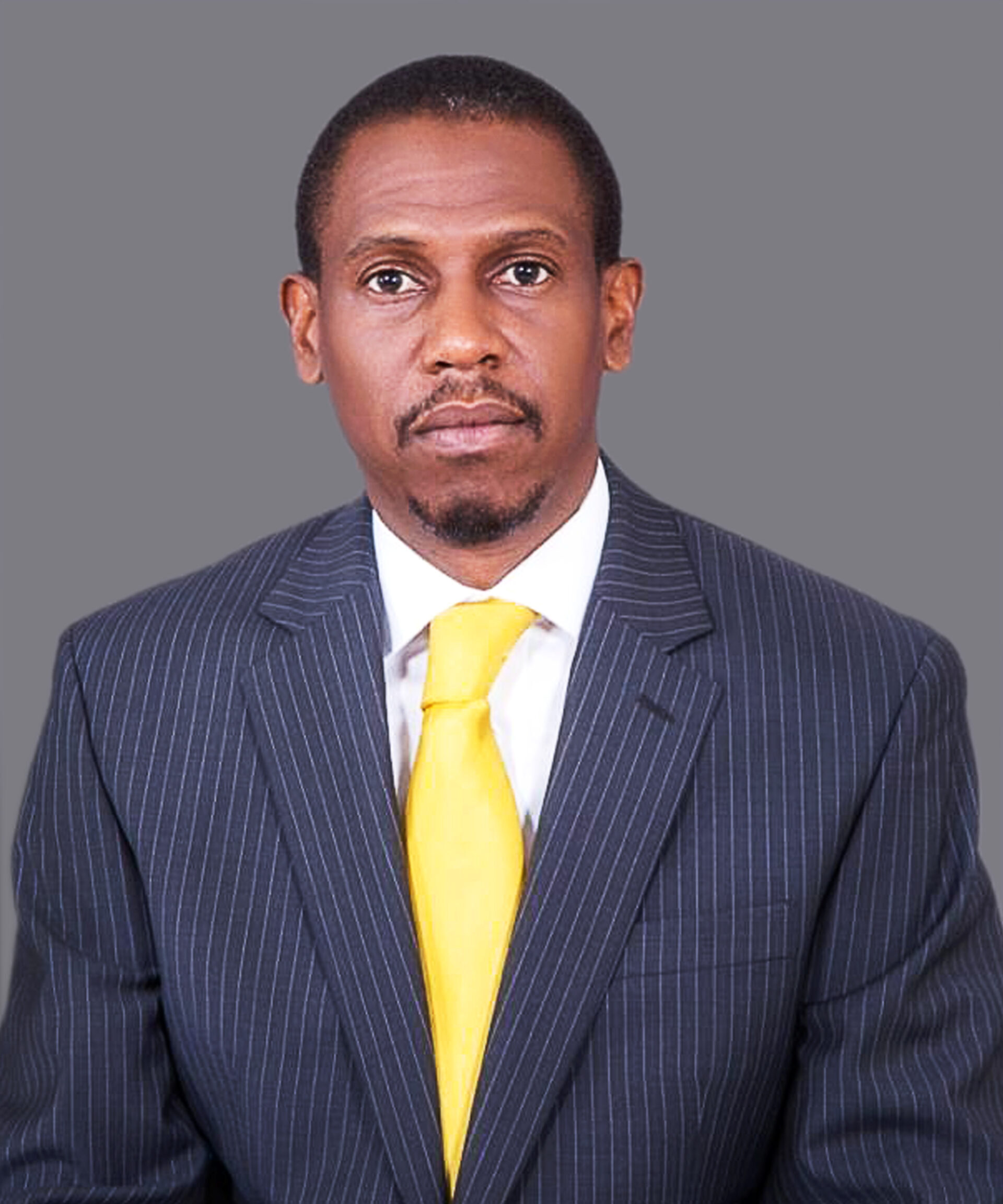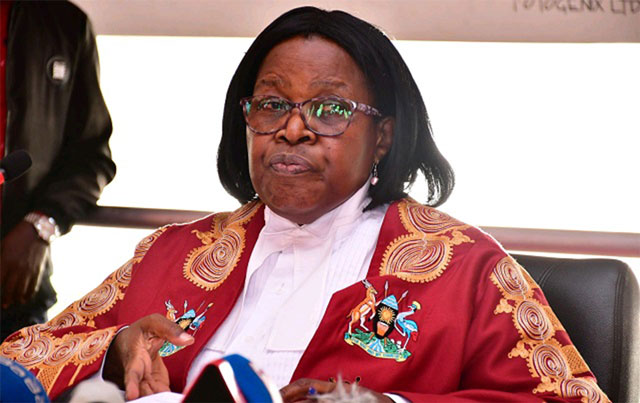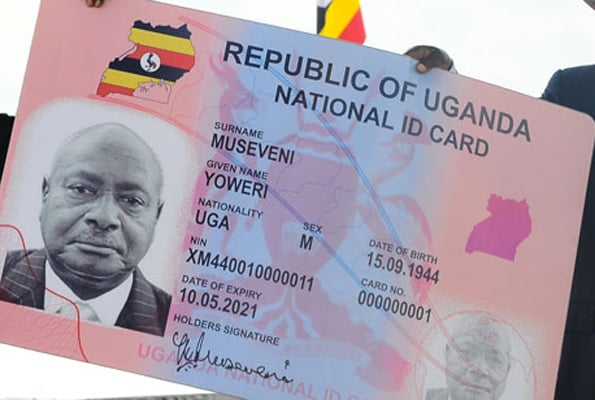Kerry Howard Mwesigwa.
Kampala, Uganda – Supreme Court Justice Dr. Esther Kitimbo Kisaakye’s unexpected retirement from the judiciary has stirred discussions and speculation about the circumstances surrounding her decision. Justice Kisaakye, who is mandated to retire at the age of 70, is retiring at the age of 63, citing Article 144(1) of the Constitution of Uganda, which allows judicial officers to retire once they reach the age of sixty.
In her letter addressed to President Yoweri Museveni on July 18, Justice Kisaakye expressed her desire to retire from the Supreme Court, thanking the President and the people of Uganda for the opportunity to serve as a Supreme Court justice.
This early retirement has prompted questions and raised eyebrows, with some speculating that it may be connected to her reported frustrations with the top management of the judiciary.
Justice Kisaakye garnered public attention in 2022 when she filed a lawsuit against senior judiciary administrators, including Chief Justice Owiny-Dollo, Permanent Secretary Pius Bigirimana, Chief Registrar Sarah Langa, Commissioner Human Resource Apophia Tumwine, and the Judicial Service Commission. Her lawsuit was filed in the Constitutional Court and sought 24 orders and numerous declarations related to her alleged mistreatment within the judiciary.
Among her grievances were claims of actions that she believed contradicted the constitution, including the confiscation of her case file before delivering her decision on a presidential election petition, the unexplained closure of the Supreme Court, issuance of a press statement she considered deceitful and defamatory, and the denial of funds for medical treatment.
Justice Kisaakye’s petition also detailed issues such as the failure to acknowledge her seniority at the Supreme Court, secretive investigations against her, denial of leave, refusal by the chief justice to allocate her work, and the withholding of allowances for her driver and bodyguards. She further alleged the denial of a letter of undertaking to her bankers and her subsequent removal from the judiciary and government payroll.
In response to the lawsuit, the Attorney General and other respondents challenged the competence of Kisaakye’s petition, contending that her pleadings were ambiguous, confusing, irrelevant, and without merit. They argued that the administration of the Supreme Court was under the purview of the chief justice, and there was no constitutional entitlement for a Supreme Court justice to be appointed as the court’s administrator.
As the case remains pending in the Constitutional Court, it continues to attract attention due to the serious allegations made by Justice Kisaakye against top judiciary officials. Some members of the Uganda Law Society have suggested mediation between the chief justice and Justice Kisaakye to seek resolution outside of the courtroom.















